Mike Yardley reviews the Fabarm Elos B2 Field Notte, which offers great value for money & is a perfect all-rounder
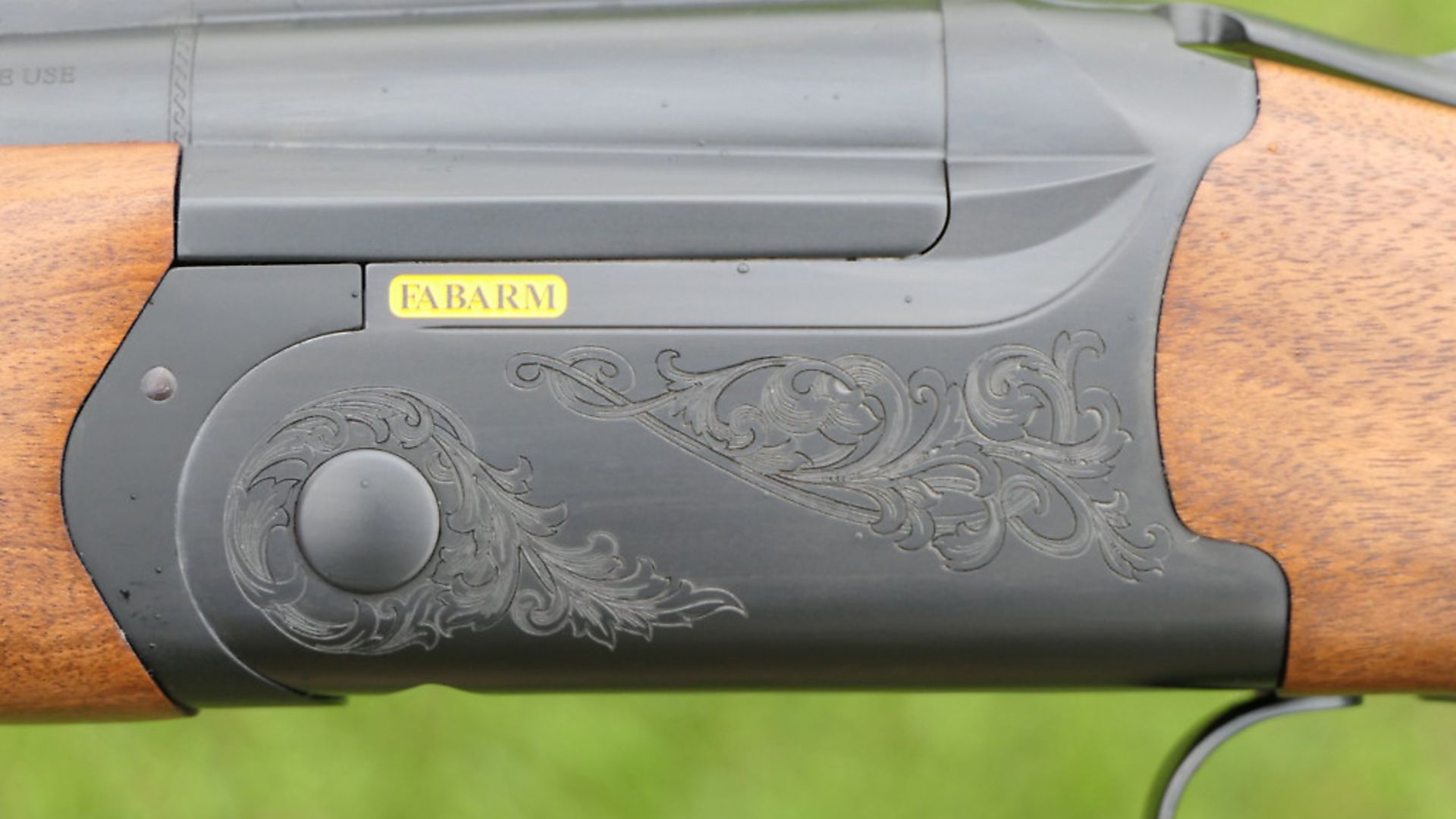 credit: Archant
credit: Archant
BRIEF OVERVIEW - FABARM ELOS B2 FIELD NOTTE
WE LIKE: The value for money; The ‘Tri-bore’ barrels; The especially good grip shape
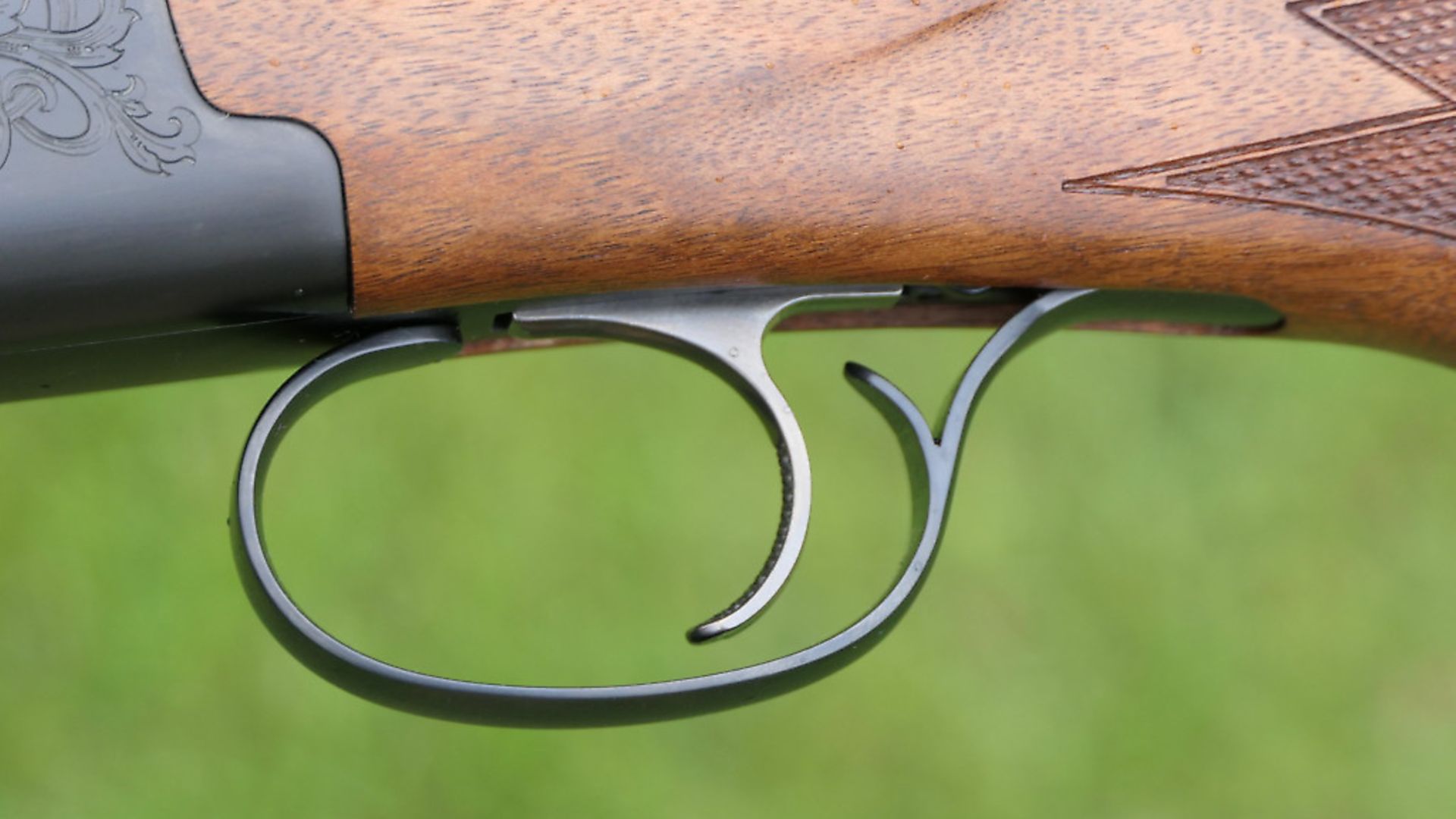 credit: Archant
credit: Archant
TECH SPECS - FABARM ELOS B2 FIELD NOTTE
Action type: over and under trigger-plate
Bore: 12
Barrels: 30”
Chokes: Multi - INNER HP flush-fitting 5 supplied
Rib: 6mm vented
Weight 7 1/4lbs approx
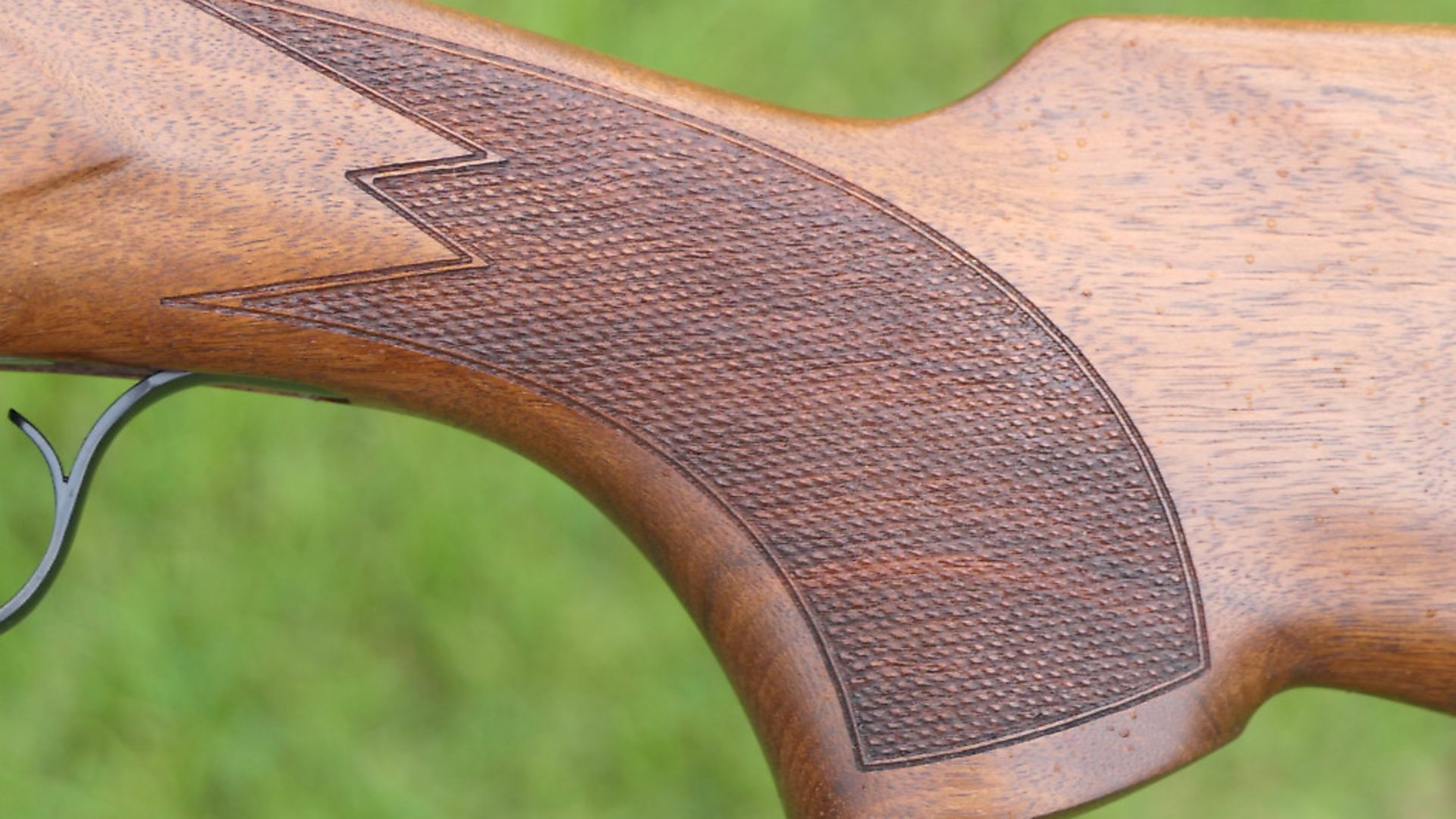 credit: Archant
credit: Archant
RRP: £1,050
Supplier: Anglo Italian Arms
01564-742477
www.fabarmuk.com
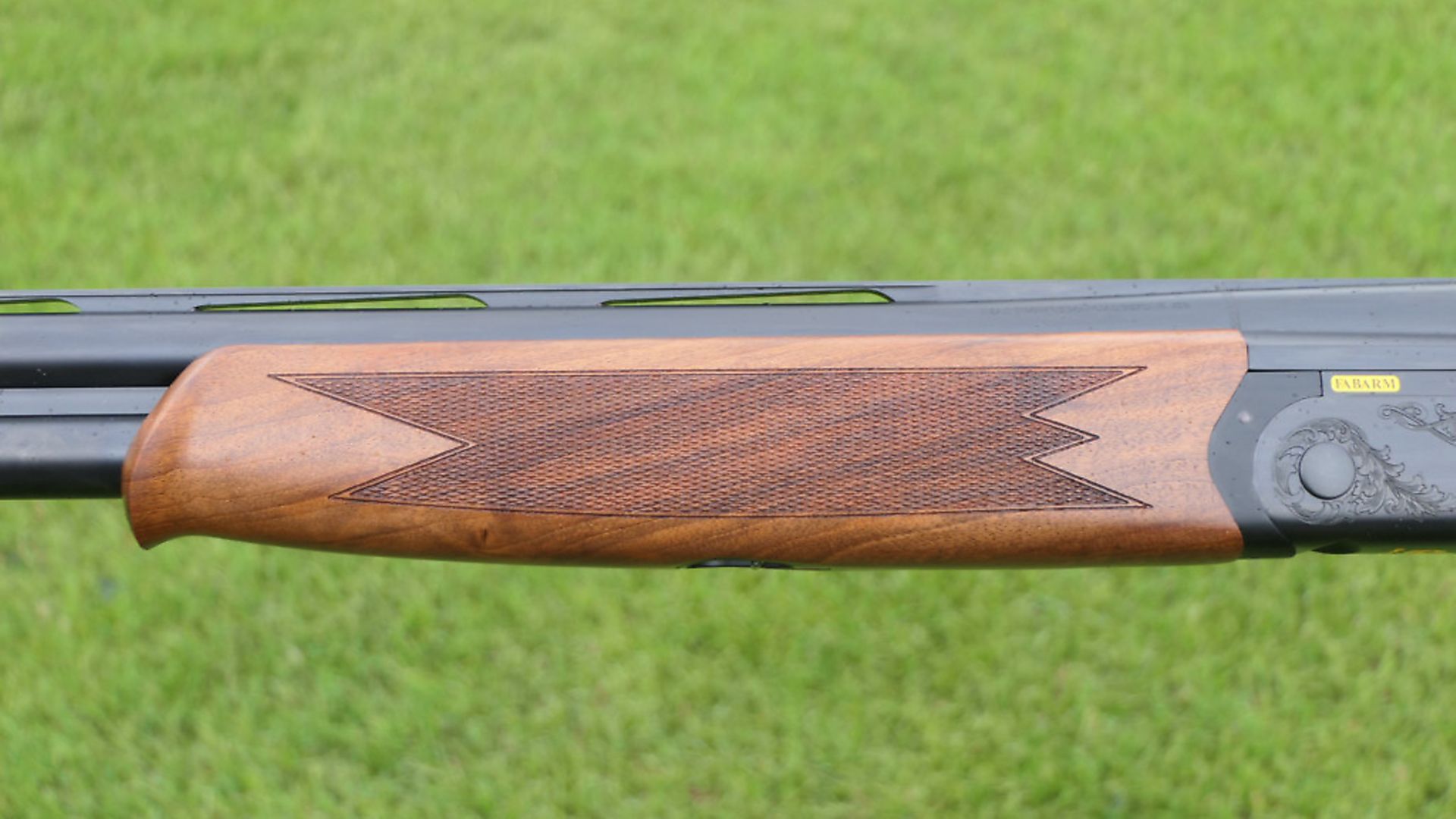 credit: Archant
credit: Archant
IN-DEPTH TEST & REVIEW - FABARM ELOS B2 FIELD NOTTE
This month’s test gun is a new model from Fabarm. It’s called the Elos B2 Field Notte and has a very competitive RRP of £1,050.
First impressions are of an attractive black-actioned gun with plainish, but well-presented and pleasingly coloured wood. The gun looks better than its sensible price. The styling is quite conservative, which is always to my taste and much to be preferred to an array of decorative bells and whistles. There is no unnecessary bling here. The look is modern, but not too modernistic. The semi-rounded black action looks smart with partial scroll engraving coverage (around the hinge pin caps and to the rear). The Fabarm name appears in a small contrasting yellow box to the front high on the action wall near the barrel shoulder. The only decoration to the underside is the name ‘Elos’ in contrasting yellow and a small shied with ‘NOTTE and B’ in it. There is a plain, well-shaped trigger blade with a little chequering to its front surface.
The general standard of finish of the Elos impressed me. No cut corners are evident at all. Barrels are satin-blacked with a 6mm ventilated rib. I have always liked satin finish on barrels for practicality – it is especially useful in a pigeon hide where I have had shiny best black scare birds (I also always advise satin or matt barrels on hunting rifles). The Elos is equipped with multi-chokes (five supplied of ‘INNER HP’ pattern), has 3” chambers and is proofed to the unusually high figure of 1630 bar.
A useful feature of recent Fabarms is that one may use Full choke for steel in all constrictions. The firm’s introduction of 1630 bar proof spurred other makers in Gardonne to improve their actions in this respect.
The barrels on the Elos are built to the Fabarm Tribore plan. This combines a lengthened forcing cone with a back-bored (18.7mm) section in the first part of the bore. This narrows to 18.4mm behind the chokes. The HP chokes have unusually long cones combined with a parallel section. The cones are 40mm in length, the conic constricted section about 10mm. Fabarm claim their Tribore system creates more efficient patterns, and the test gun certainly produced decisive breaks on clays, upon which more shortly.
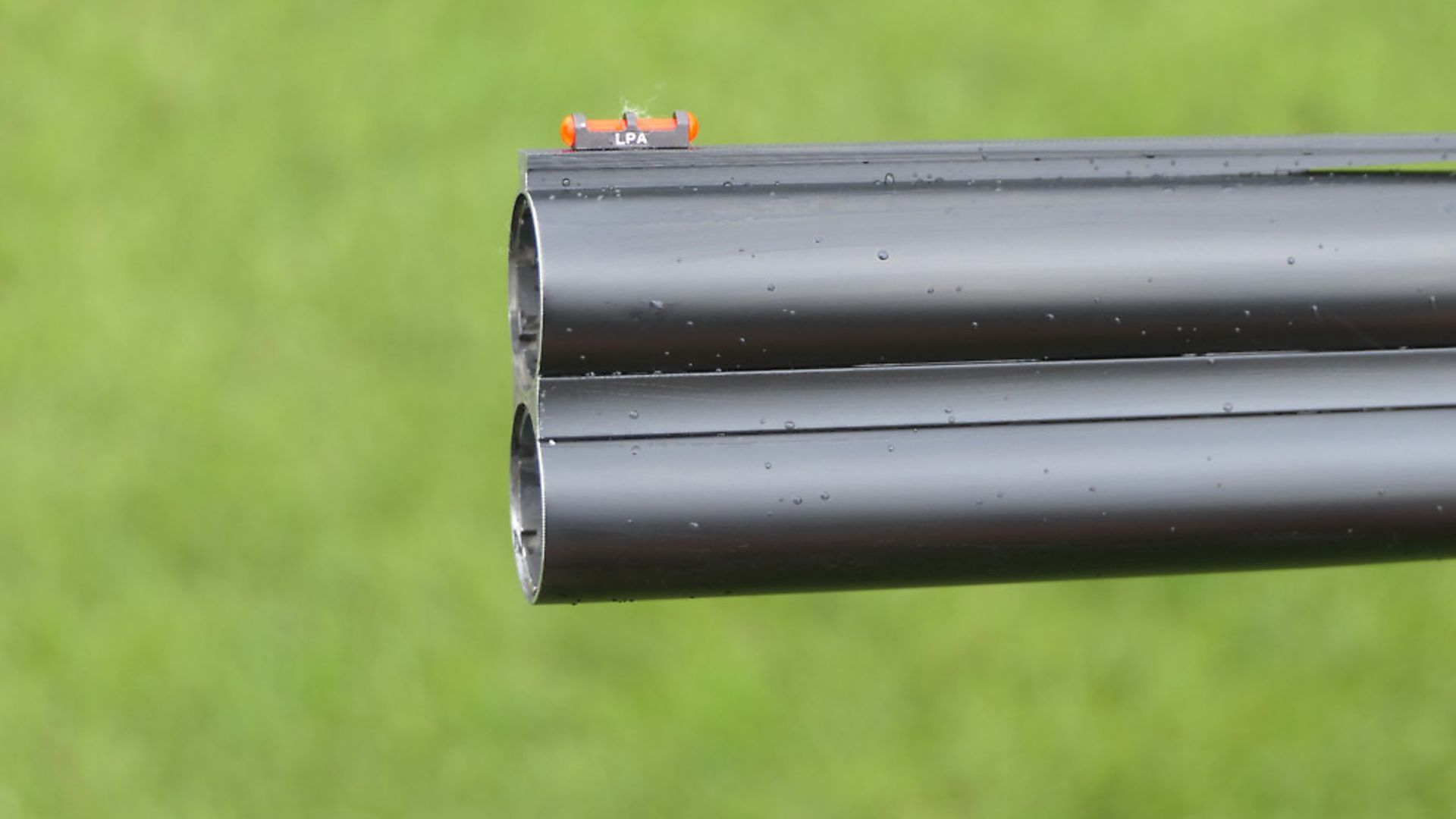 credit: Archant
credit: Archant
The stock on this Fabarm was much better proportioned than some Italian guns. It would be well suited to fieldwork or all-round clay use. The grip shape was particularly good – an ideal, fairly open radius combined with a hand-filling, but not over-sized, grip. The grip is subtly swollen to both sides (similar to the Browning pattern in its profile). It would not qualify as a palm swell in my book. This well-conceived grip offered exceptional purchase.
The stock length was the modern industry standard of 14¾” with equally standard drop measurements of 13/8”and 21/8”. I still found it a little low in the comb – I could lose the bead... just. The stock is oiled, not varnished, and has well-filled grain. There is a short, black, plastic plate to the rear, notable for its nice concave shape, something I prefer. The fore-end is of schnabel pattern and quite slim. My only criticism would be that there was a very slight flaw to the wood on the front of its schnabel lip.
The Elos also felt good when brought up to the face and shoulder. This 30”-barrelled, 7lb, slightly muzzle-heavy gun seemed steady and comfortable on dry mounting. Great grip and good fore-end purchase made it feel very secure in the hands. The picture presented to the eye by the 6mm rib was good too and the red translucent rod bead site was not too big (though I always prefer a plain metal bead on a field gun).
This Fabarm felt handy with a near ideal weight for an all-rounder. I could see it being used in a hide, on the marsh, for a round of sporting clays, and on a driven day too. Its looks and specification mean it is suitable for most things. It wouldn’t disgrace itself in any company.
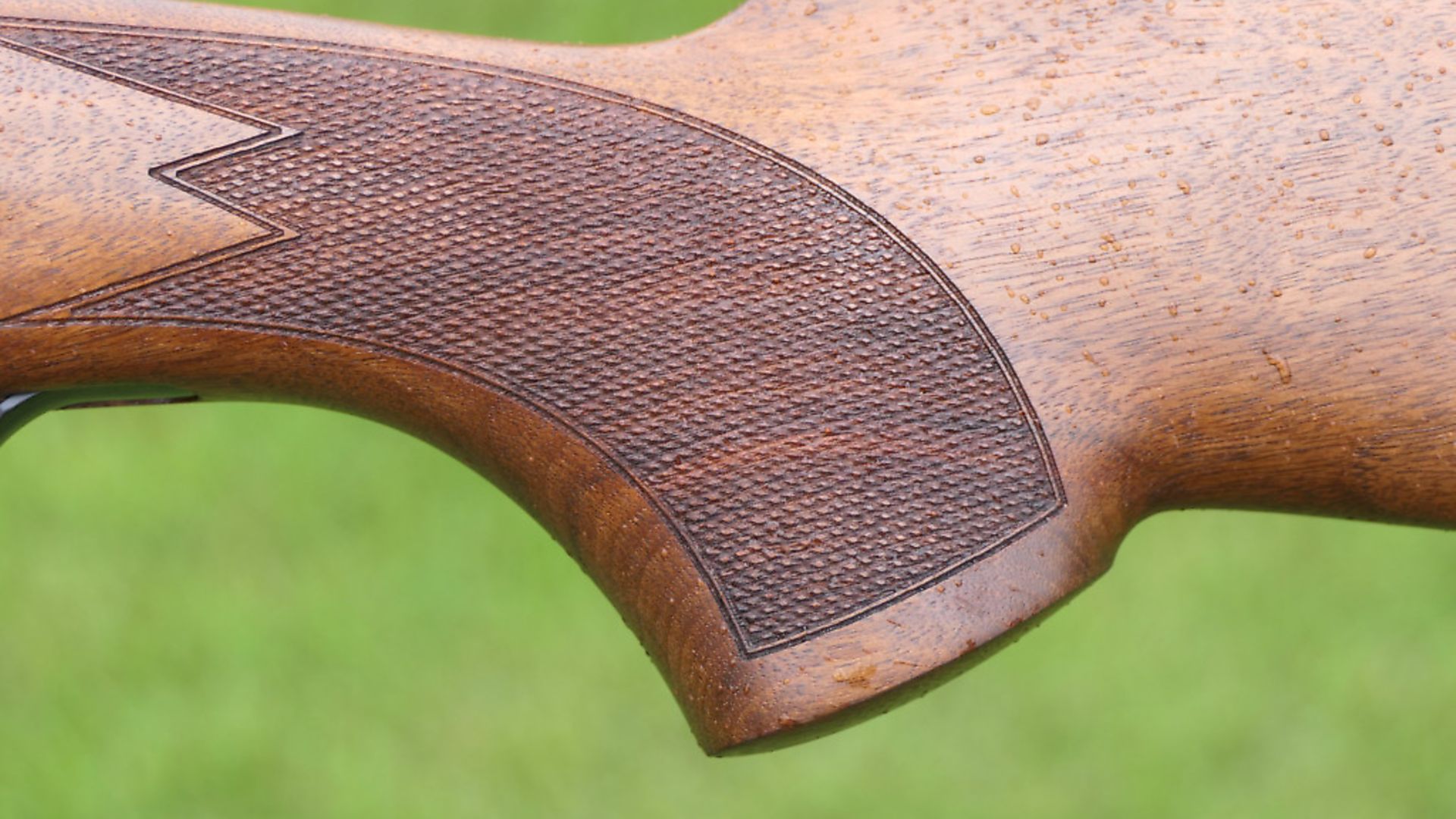 credit: Archant
credit: Archant
Technical
Mechanically, the Elos is typical of many Italian mid-market pattern over-and-unders. It is built on a trigger plate action with bifurcated barrels, lumps and stud pins at the knuckle for hinging. Coil springs power the hammers. There is a single rod-type cocking bar.
Lock-up is by means of a Browning-style bolt coming out of the bottom of the action face and mating with a slot bite beneath the bottom chamber (through good styling, the Elos does not look especially deep in the action walls; indeed, it appears quite svelte).
The single trigger is of inertia, recoil-activated type with the safety and barrel selector on the top strap (the latter was a little stiff). The short top lever has a streamlined thumb-piece without chequering.
The Elos’s action is not radical in its design, but its Tribore barrels, even though they have been around for a while now, are innovative and interesting. The fact that they can use steel shot with all chokes must be considered a most useful feature when we face such an uncertain future. That said, my advice would be to avoid extremes of choke with steel.
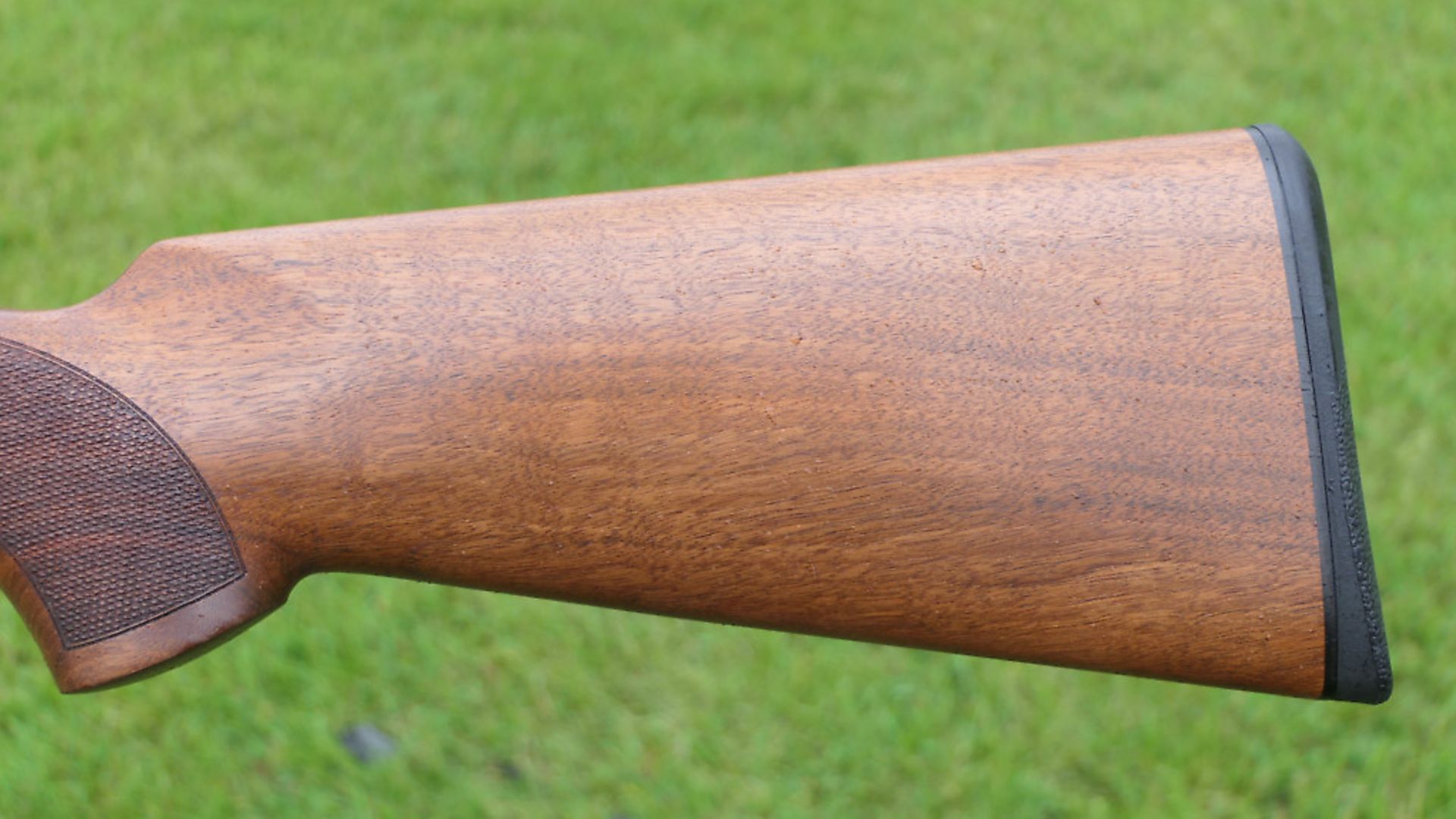 credit: Archant
credit: Archant
Shooting Impressions
I came to the shooting test of the Elos without great expectations. I was, however, pleasantly surprised. This Fabarm did not feel especially refined, but it shot very well. The handling qualities were good, with a slightly muzzle-heavy balance. The gun, which feels well made and substantial in the hands, was not too heavy. Indeed, its 7 ¼ pound weight (I was using an old set of brass fishing scales so this is approximate) was ideal for all-round use. It was forgiving in use and inspired confidence. Recoil was modest with my favourite Lyalvale 24g loads. In fact, on the Skeet and Sporting layouts at the Fennes Shooting Ground, I did not miss anything over the 50 targets shot at, bar a second barrel on a single long crosser. The kills were decisive too – explained later when I looked at the chokes – ¾ and full tubes were fitted! Overall, I thought the Elos one of the best guns I have shot recently at this sort of price point. It also prompts a question: if Fabarm can produce such a good £1,000ish gun why can’t others?
My thanks to Lyalvale Express for supplying the ‘Super Light’ cartridges used in this test.
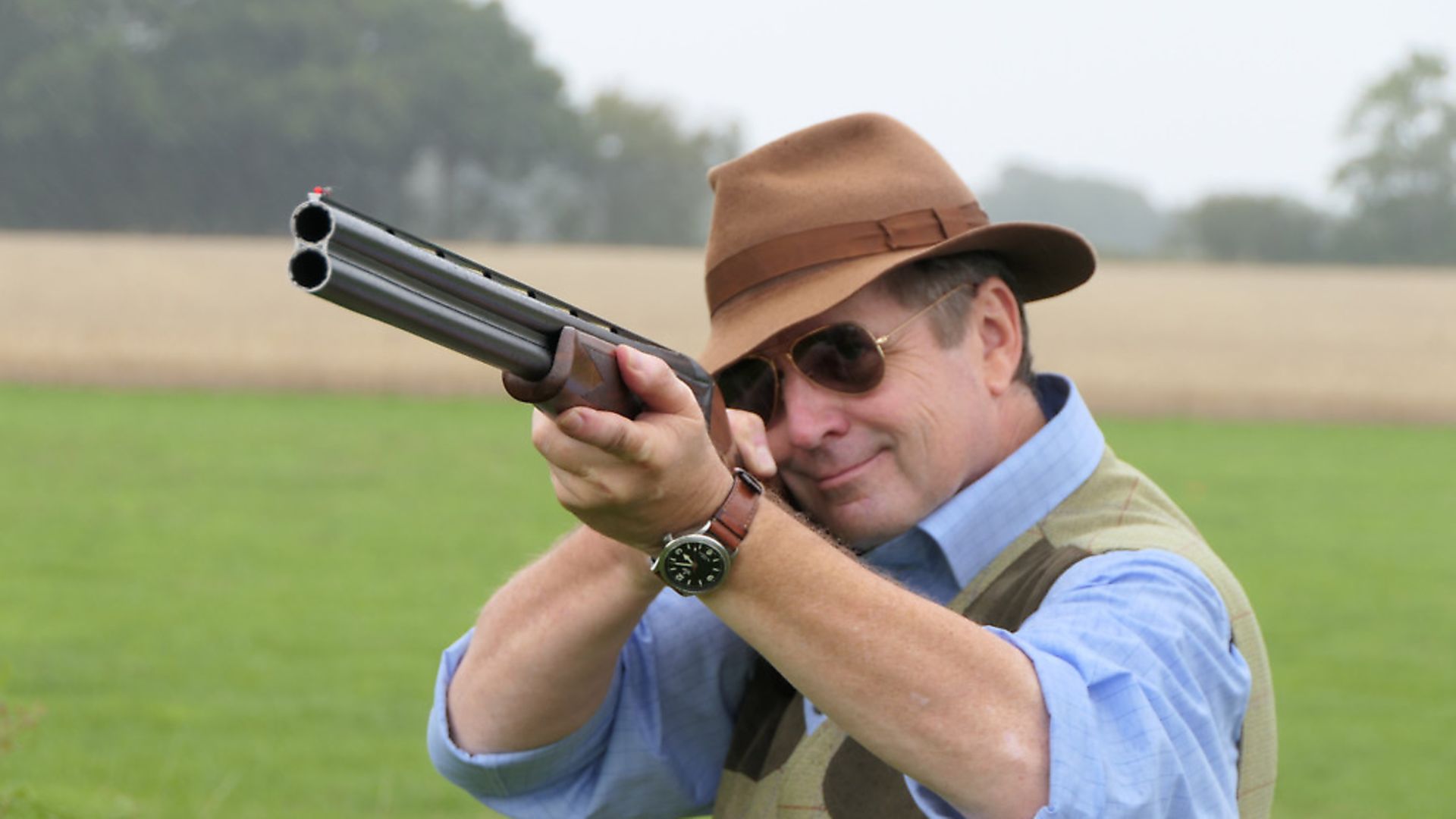 credit: Archant
credit: Archant
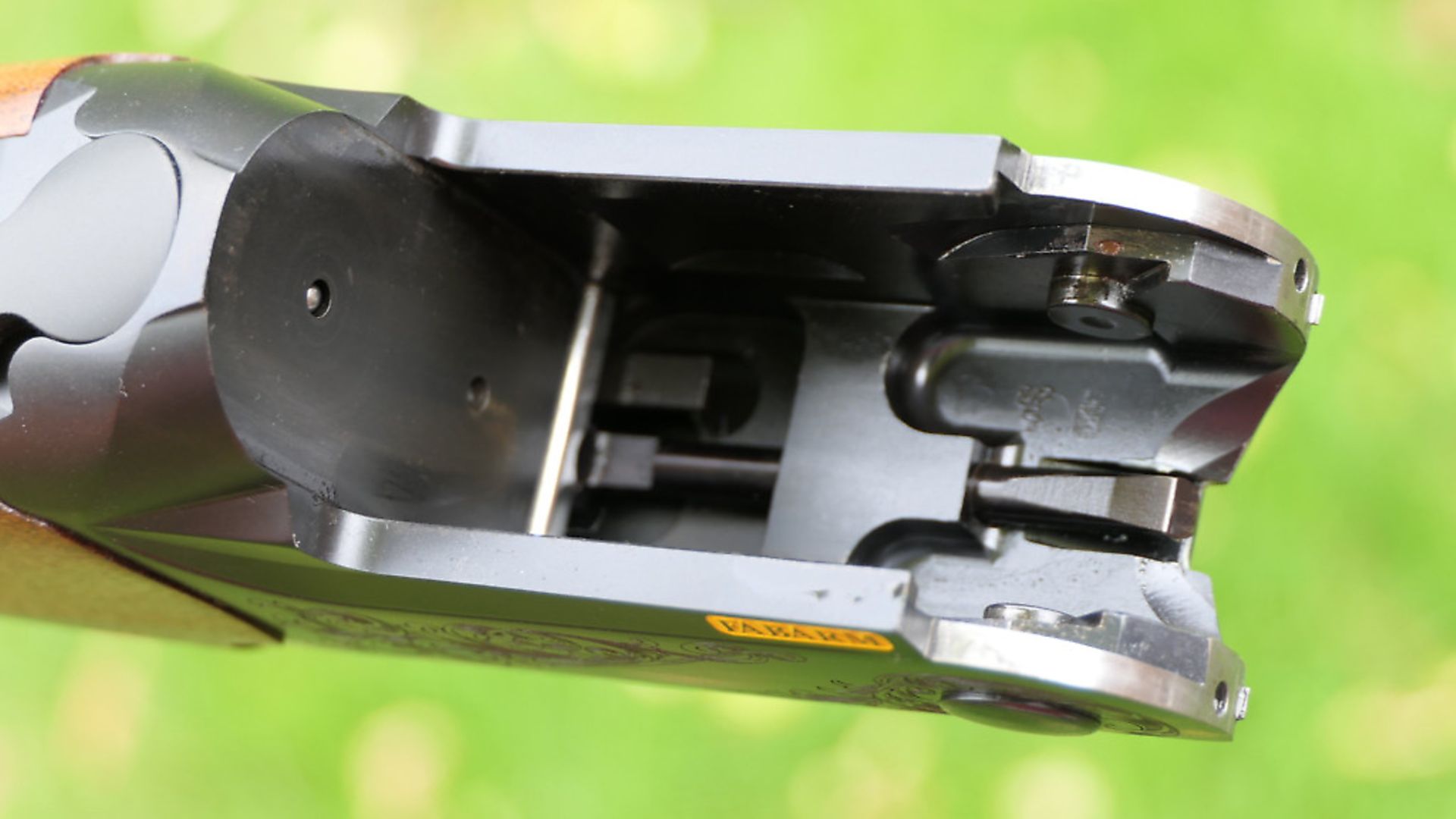 credit: Archant
credit: Archant
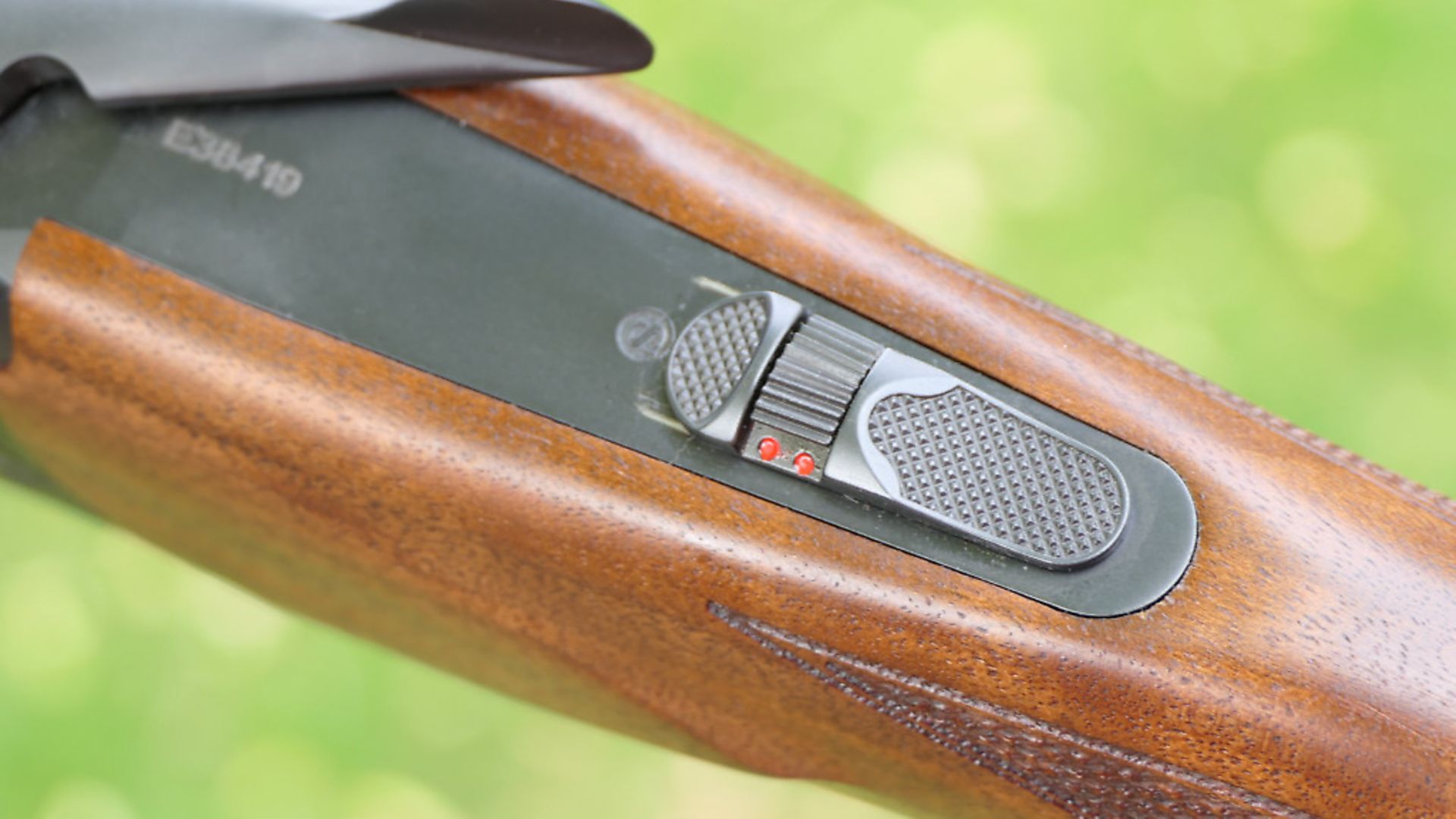 credit: Archant
credit: Archant
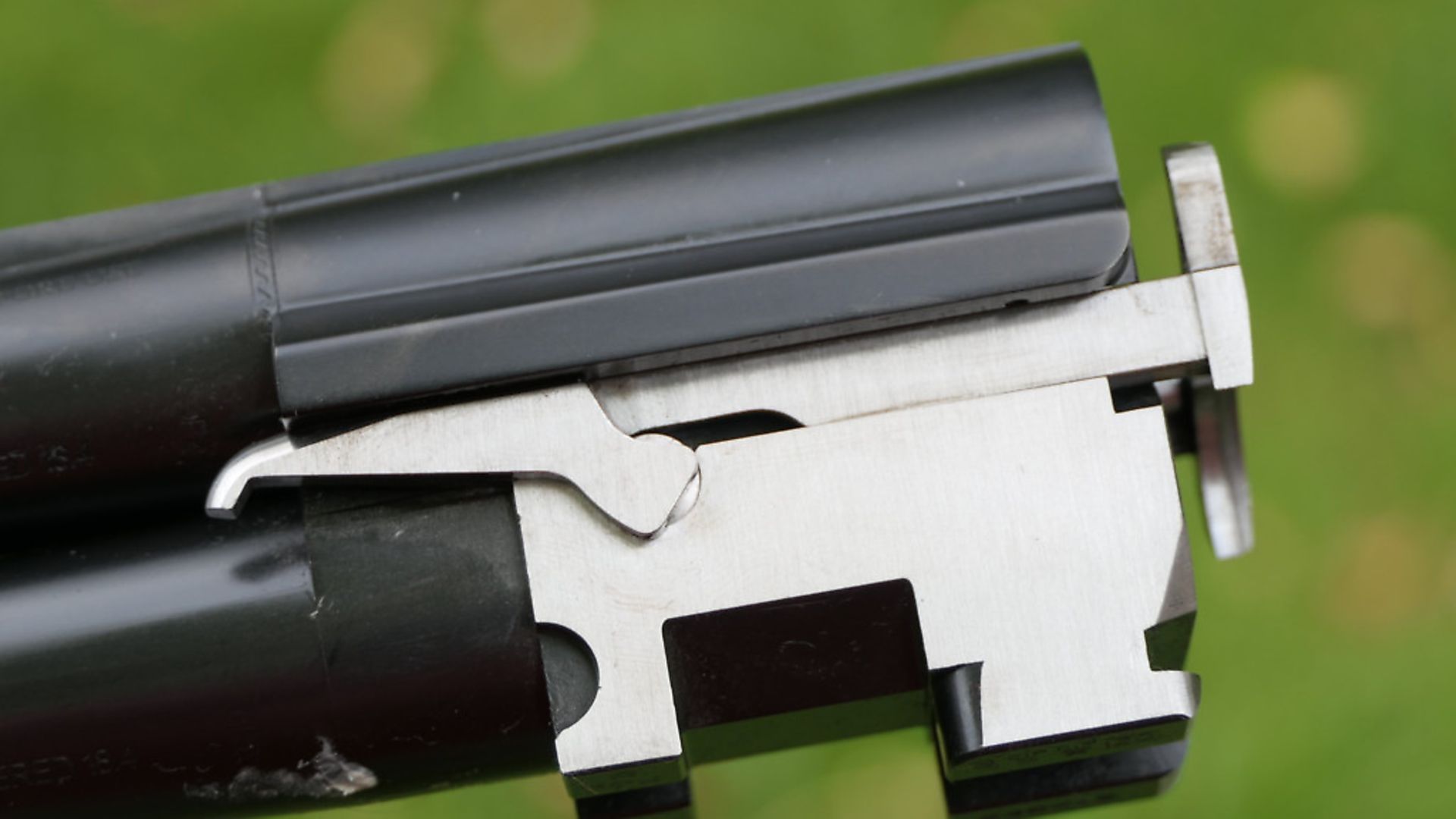 credit: Archant
credit: Archant